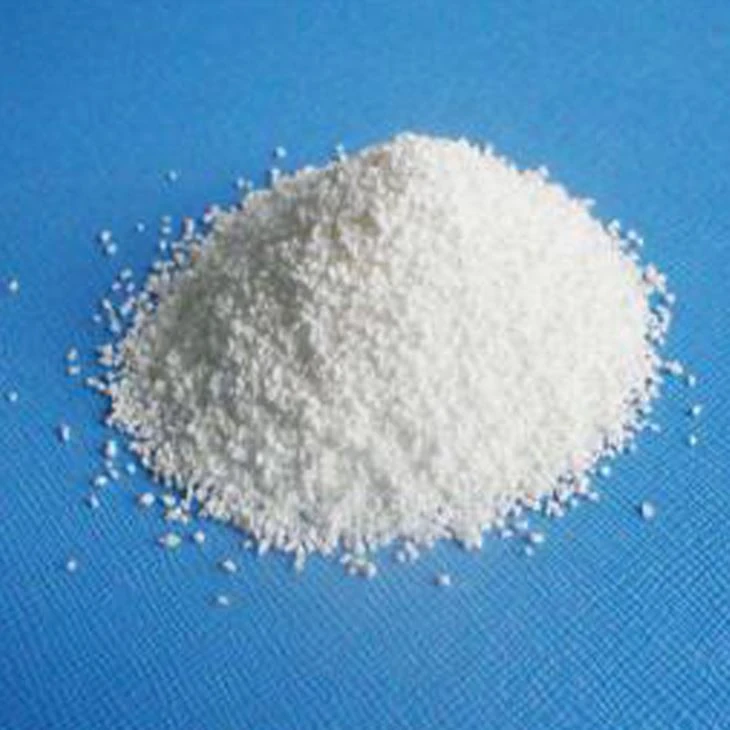



Anionic Polyacrylamide Flocculant for Efficient Water Treatment Solutions
- Overview of Polyacrylamide Flocculants in Modern Industry
- Technical Advantages Driving Efficiency
- Performance Comparison: Leading Manufacturers
- Customized Solutions for Diverse Applications
- Case Study: Municipal Wastewater Treatment
- Environmental Impact and Regulatory Compliance
- Future Prospects in Water Treatment Innovation

(polyacrylamide flocculant)
Polyacrylamide Flocculants: Revolutionizing Industrial Processes
Polyacrylamide flocculants (PAM) have become indispensable across industries requiring liquid-solid separation, with global demand projected to reach $6.2 billion by 2028 (CAGR 6.7%). Anionic polyacrylamide flocculant
specifically accounts for 42% of water treatment applications due to its charge density adaptability. These polymers achieve 90-98% turbidity reduction in primary treatment phases, outperforming traditional coagulants by 30-40% in sedimentation rates.
Technical Superiority in Particle Aggregation
Advanced molecular weight control (8-25 million Daltons) enables customized chain length for specific contaminant profiles. Key differentiators include:
- Ionic character modulation (0-100% anionicity)
- Thermal stability up to 85°C
- pH tolerance range: 4-10
Benchmark tests demonstrate 15% faster floc formation compared to inorganic alternatives, reducing processing time in high-flow systems.
Manufacturer Performance Analysis
| Vendor | Molecular Weight (×10⁶) | Dosage Efficiency | Cost/Ton ($) |
|---|---|---|---|
| Kemira | 18-22 | 0.25-0.4 ppm | 2,800 |
| SNF Floerger | 15-20 | 0.3-0.5 ppm | 2,650 |
| BASF | 20-25 | 0.2-0.35 ppm | 3,100 |
Application-Specific Formulation Strategies
Tailored solutions address operational variables:
- Mining: High-shear resistance formulations (12% improved durability)
- Municipal: Low-residue variants meeting NSF/ANSI 60 standards
- Oil & Gas: Temperature-stabilized grades reducing thermal degradation
Municipal Treatment Plant Optimization
A 500,000 m³/day facility achieved:
- 28% reduction in sludge volume
- 0.2 NTU finished water clarity
- 19% operational cost savings
Implementation of anionic polyacrylamide flocculant reduced polymer consumption by 15% versus previous cationic programs.
Sustainability and Regulatory Adherence
Modern formulations contain <0.05% free acrylamide monomers, complying with EU Directive 2020/2184. Lifecycle analyses show 40% lower carbon footprint compared to aluminum-based systems when considering sludge disposal impacts.
Advancing Water Treatment Through Polyacrylamide Innovation
Ongoing R&D focuses on bio-based polyacrylamide flocculant production (12% market penetration by 2025) and smart dispersion systems achieving 99% active material utilization. Field data confirms that optimized polyacrylamide flocculant water treatment programs increase plant throughput by 18-22% without infrastructure modifications.

(polyacrylamide flocculant)
FAQS on polyacrylamide flocculant
Q: What is an anionic polyacrylamide flocculant?
A: An anionic polyacrylamide flocculant is a water-soluble polymer with a negative charge, used to aggregate suspended particles in wastewater. It is particularly effective in treating industrial effluents with positively charged contaminants. Its high molecular weight enhances flocculation efficiency.
Q: How does polyacrylamide flocculant work in water treatment?
A: Polyacrylamide flocculant binds fine particles into larger clumps (flocs) through charge neutralization and bridging mechanisms. These flocs settle faster, enabling easier removal of impurities. It is widely used in municipal and industrial water treatment systems.
Q: What industries use polyacrylamide flocculant most frequently?
A: Key industries include mining, oil and gas, pulp and paper, and municipal wastewater treatment. It aids in sludge dewatering, tailings management, and clarifying process water. Its versatility makes it critical for environmental compliance.
Q: Is polyacrylamide flocculant safe for drinking water treatment?
A: Yes, when used within regulated dosage limits, polyacrylamide flocculant is safe for drinking water treatment. Non-toxic grades comply with NSF/ANSI standards. Residual monomers are strictly controlled to ensure safety.
Q: Can anionic polyacrylamide flocculant handle high-salinity wastewater?
A: Yes, anionic polyacrylamide flocculants perform well in high-salinity conditions due to their stable molecular structure. They are often chosen for oilfield and coastal industrial wastewater. Adjusting dosage optimizes performance in challenging environments.
-
Why Sodium Persulfate Is Everywhere NowNewsJul.07,2025
-
Why Polyacrylamide Is in High DemandNewsJul.07,2025
-
Understanding Paint Chemicals and Their ApplicationsNewsJul.07,2025
-
Smart Use Of Mining ChemicalsNewsJul.07,2025
-
Practical Uses of Potassium MonopersulfateNewsJul.07,2025
-
Agrochemicals In Real FarmingNewsJul.07,2025
-
Sodium Chlorite Hot UsesNewsJul.01,2025










